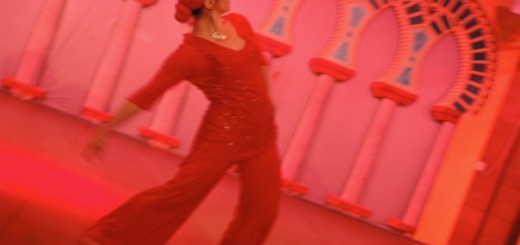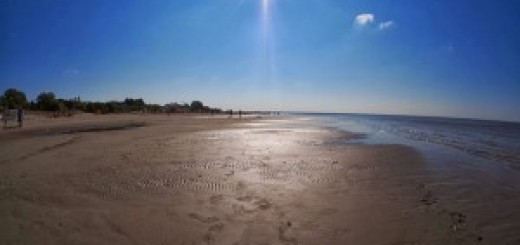Physical principles
Bodywork and the nature of the body
How does the body function
Over the past 200 years, the living conditions have changed a lot, compared to those we had thousands of years ago, when the “human animal” evolved as it is today.
The body is therefore subjected to many stressful situations and unhealthy conditions that its nature has been severely distorted. The body is not built to sit down all the day long in front of a computer, nore to be fed by chemical industrial food! It moves away from the naturalness of the movement, assuming a non-functional posture and bad -if not dangerous- habits.
It is every day more urgent to search for deep and natural bodywork, that must be respectful of Mother Nature’s original project: over the centuries, the movement has been built to be efficient, to save energy, to obtain directly the desired result without waste. First of all, the movement has to be re-educated to be very organic, fluid and elegant: animals are naturally elegant, as they move! The correct training for dance makes you move softly without floppyness, and allows you t be aware what muscles to use and how much strength, to move in the most effective way.
If youi train in an healthy and naturl way, the quality of movement and posture improve so surprisingly quickly.
The physiology of the body in motion
The very basic needs of the body in motion are the restoration of the balance, the preservation of the safety of the subjectand the fight against the force of gravity.
To do that, Nature has created certain muscular mechanisms:
1 – muscular chains: muscles are connected in chains of collaboration and harmony, to provide movement the necessary qualities of fluidity and economy to conduct of all the actions in life.
2 – postural antigravity muscles: from a biochemical point of view, some muscles function in a manner as to be able to contract with little effort and for an extended period of time. They are those involved in standing and in walking. Posture errors and bad habits lead to use dynamic muscles instead of postural ones. Dynamic muscles has been designed to develop a big strenght for a short time. Posture has to be sustained all the day long, and it has to rely on muscles suiable for this purpose!
If we use it inproperly, the body is able to function anyway, at the expense of the good of the whole system.
3 – reflex arc: our nervous system has developed some automatic mechanisms, basically aimed to preserve the safety. This mechanism can quickly react as to avoid hazards. For example you hang a pan and you don’t know it has been used very recently and it is still burning. Before you realise that it is too hot, you have already let it fall. The receptors tell the spyne about the heat and the spine nerve ganglia themselves send two informations: one to the arm, to provide stopping as soon as possible the source of danger, another one to the brain, just to let it know.
The body responds with swift actions by itself, without the intervention of the rational will, before it is damaged. This phenomenon explains very well the importance of respecting the physiological mechanisms that still work even beyond the control of our conscious will.
The bodywork must respect these mechanisms in order to provide the dance of important qualities: fluidity, elegance, truly and unique expressiveness.
The breath in the bodywork
Human physiology is based on the fact that the main muscle involved in respiration is the diaphragm. Nowadys life, bad habits, stress, tension and emotional situations lead us to breathe inproperly. Very often the breath is only produced by the accessory muscles of respiration, and the diaphragm is blocked: breathing is not very effective, in this way.
The conscious use of the breath has to be one of the cardinal points of the bodywork. It obliges us to use the diaphragm in a very active way and to get used to hear the collaboration between the abdominal muscles and breathing.
This produces multiple positive effects:
– An improvement of respiratory capacity, ie the volume of air in the lungs, which makes available more amount of oxygen in the blood.
– Improving the overall body posture: the diaphragm is located right at the base of the rib cage and therefore provides support for the upper body. Moreover, when it contracts automatically it produces the contraction of the pelvic floor muscles and provides excellent support to internal organs.
– Collaboration in the “feeling of the body as a whole”: the diaphragm is like a door that connects the abdominal cavity with the chest. If it does not work properly, it is like a locked door inside our body, in front of which the movement will stop.
– Improvement of the neck posture: if not using the diaphragm, you must use the secondary respiratory muscles, especially those located in the upper chest, which disturb the correct position of the neck and head.



